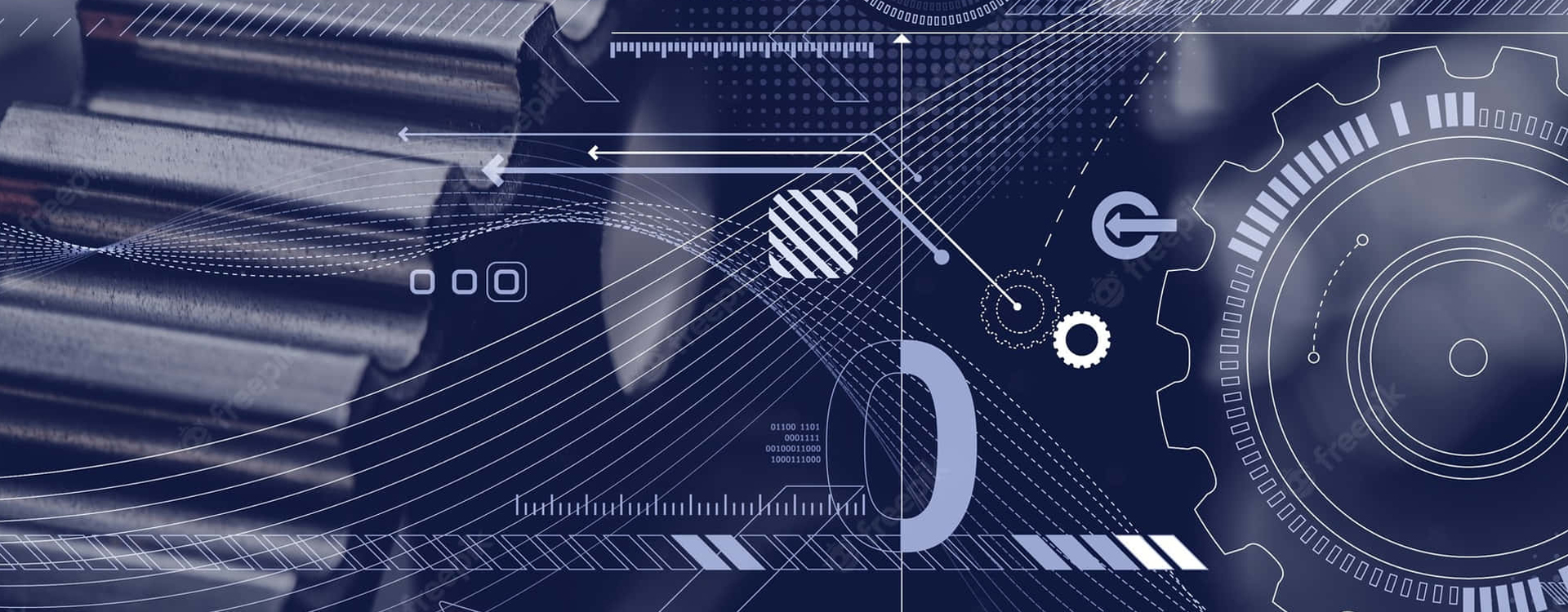Seminar Details
Wire arc additive manufacturing (WWAM) with gas metal arc welding (GMAW) system, excels more in the metal additive manufacturing (MAM) field due to coaxial wire feeding mechanism that helps in attaining high deposition rate with improved part density, efficiency, and at a less investment cost. But geometrical undulation, spatter, molten metal overflow, thermal distortions, anisotropy, and wastage of substrate material are the key points to consider during WAAM. Based on these issues, objectives of this experimental investigation are formulated. Initially, non-transferred type electric arc (NTA) has been developed between tungsten and wire electrode, which facilitates deposition even on the non-conductive substrate. The unavailability of arc connection with substrate, makes minimal heat input to the substrate and maximized the developed heat for wire melting. It also minimised the impingement of filler wire and molten droplets into the melt pool, enhancing the deposition efficiency while reducing the spatter.
The developed NTA system also applicable in small-scale castings via drop-by-drop transfer of molten metal into a mould cavity under the plasma shielding (helps in reducing the porosity chances). It also culminate the requirement of melt furnace, sprue and risers that make the process advantageous from the cost point of view (reduction in initial setup and production cost). Moreover, the casted part shows improvements in ultimate tensile strength (UTS) compared to its wrought part.
The geometrical undulations and anisotropy are primarily caused due the improper thermal energy management, as most of the commercially available GMAW machine are existing with current controlled wire feeding mechanism. So adequate control over arc current generation and wire feed speed (WFS) is not achieved. To mitigate such issue, an autonomous wire feeding system (AWFS) has been designed and integrated to the GMAW-WAAM, which independently control the WFS of filler wire irrespective to the welding current values. The availability of fine tuning option for WFS, meticulously control the flow of arc current that in term maintain and manage the thermal energy distributions during the deposition process. The thin-layered structures (using ER70S-6 and 316 and filer wire) fabricated through this approach depicts mechanical anisotropy of <5%, indicating the isotropic nature of deposit. Moreover, the bulk texture evolution depicts similar fiber texture evolutions with limited variations in texture intensity that also highlight the isotropic nature of the deposit.
Further, the deposited structures of 316L SS (via AWFS-WAAM) evolve &delta-ferrite structure which is tuneable with the interlayer dwell time (IDT). Its occurrences improved the corrosion resistance, preventing the release of toxic ions into the blood stream that reduces the hemolysis rate <0.3% and unaltered the CD spectra of plasma protein, reflecting high hemocompatibility for the WAAMed 316L SS. Also, less adherence and activation of platelet on the WAAMed deposits indicates high biocompatibility. Moreover, the reduction in contact angle (highly hydrophilic) promote the adsorption of body fluid and proteinaceous materials that boost the adhesion, viability, proliferation, spreading of MG63 cells (in-vitro) and allows growth of osteoblast cells, marrow spaces and collagen fibers (from in-vivo studies). The WAAMed implant does not shows any acute toxicity in the blood profiles and vital organs like liver and kidney after long-term toxicology analysis in WISTAR rats.
The Fe-based alloy fabrication through double-wire WAAM (after integrating AWFS) also beneficial in tuning the chemical composition of the alloy and maintain the mechanical anisotropy within 5%, indicating the development of an isotropic alloy.



